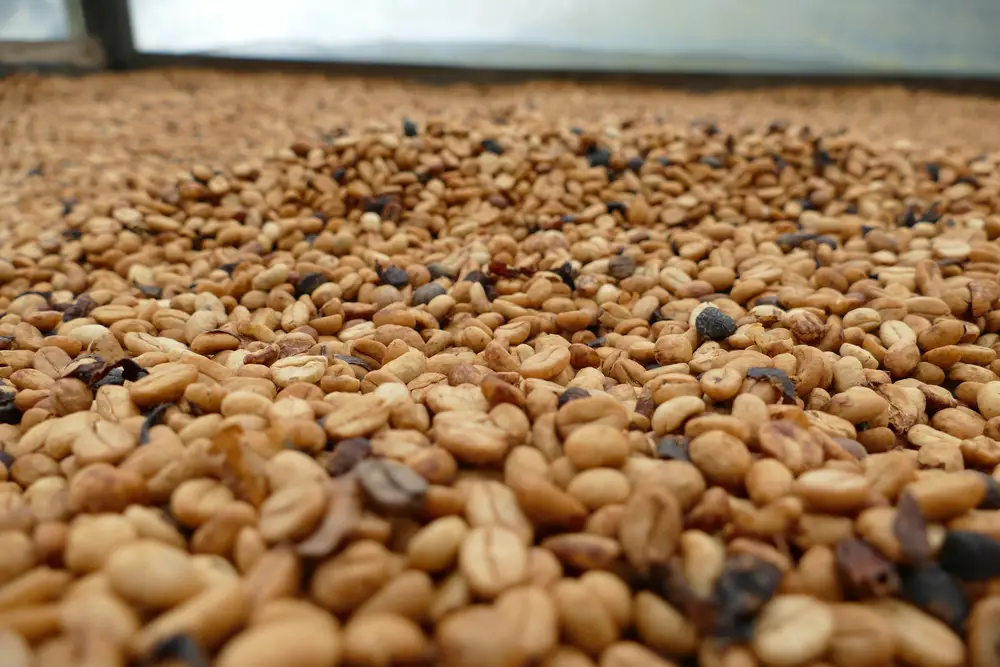Colombian coffee, celebrated globally for its quality, has distinct characteristics that distinguish it from other coffees. Recognizing high-quality Colombian coffee requires understanding various factors that affect the bean’s quality and the brewed coffee’s profile. Here’s an in-depth look at what to consider.
Table of Contents
Key Factors in Bean Quality
1. Origin and Terroir
- Impact: The specific region where the coffee is grown in Colombia greatly influences its flavor profile. Factors like altitude, climate, and soil composition in regions like Huila, Quindío, and Nariño create unique taste characteristics.
- Regional Variations: Each Colombian coffee-growing region has distinct flavor profiles, such as fruity notes in Huila and balanced sweetness in Quindío.
2. Color of the Bean
- Optimal Color: Good quality beans typically have a consistent, rich brown color, indicating proper roasting. Avoid overly dark or light beans.
- Defects: Inconsistent colors, such as pale or blotchy beans, can indicate improper processing or poor bean quality.
3. Bean Shape and Size
- Arabica Characteristics: Colombian coffee is primarily Arabica, characterized by an elongated shape with a curved crease. Arabica beans are generally larger and have a more complex flavor profile than Robusta.
- Size Grading: Beans are often graded by size, with larger beans (like those graded as ‘Supremo’ in Colombia) generally offering more nuanced flavors.
4. Harvesting and Processing Methods
- Methodology: The method of harvesting (hand-picked vs. mechanically harvested) and processing (washed, honey, or natural) significantly impacts the final taste.
- Quality Indicators: Hand-picked, carefully processed beans are usually of higher quality, preserving their natural flavors and aromas.
Analyzing the Brewed Coffee
1. Aroma and Flavor Notes
- Complexity: A high-quality Colombian coffee will have a complex aroma, with possible notes of fruits, nuts, chocolate, or floral scents.
- Undesirable Flavors: Avoid coffees with flat, one-dimensional flavors or off-notes like mustiness or excessive bitterness.
2. Body and Mouthfeel
- Indicators: The body of the coffee refers to its mouthfeel – whether it’s light, medium, or full-bodied. Higher altitude coffees tend to have a fuller body.
- Quality Sign: A well-balanced body that complements the coffee’s flavor profile indicates a high-quality brew.
3. Acidity
- Role in Coffee: Acidity contributes to the coffee’s brightness and liveliness. It shouldn’t be sour but should enhance the coffee’s inherent flavors.
- Ideal Acidity: Good Colombian coffee often has a medium to high acidity, which is crisp and pleasant, complementing its natural sweetness.
4. Aftertaste
- Persistence: The aftertaste, or the flavor that lingers after drinking, should be pleasant and lasting. It should continue to evolve and reveal different notes.
- Quality Measure: A longer, more flavorful aftertaste often signifies a higher-quality coffee.
5. Consistency
- Importance: Consistency in flavor, aroma, and body across different batches indicates good quality control during coffee production.
- Sign of Excellence: Coffees that maintain a consistent profile over time are generally of superior quality.
Additional Considerations
1. Sustainability and Ethical Practices
- Relevance: Coffee that is sustainably grown and ethically sourced often reflects higher quality standards.
- Certifications: Look for certifications like Fair Trade, Rainforest Alliance, or Organic, which can indicate responsible farming practices.
2. Roasting Date
- Freshness: Coffee beans are best used within a few weeks of roasting. Check the roasting date to ensure freshness.
- Impact on Taste: Fresher beans preserve more of their inherent flavors and aromas, leading to a better-tasting cup.
Conclusion
Identifying high-quality Colombian coffee involves a holistic understanding of the coffee’s origin, bean characteristics, and the sensory experience of the brewed cup. By paying attention to these details, you can select a Colombian coffee that not only tastes exceptional but also reflects the rich coffee culture and heritage of Colombia.



